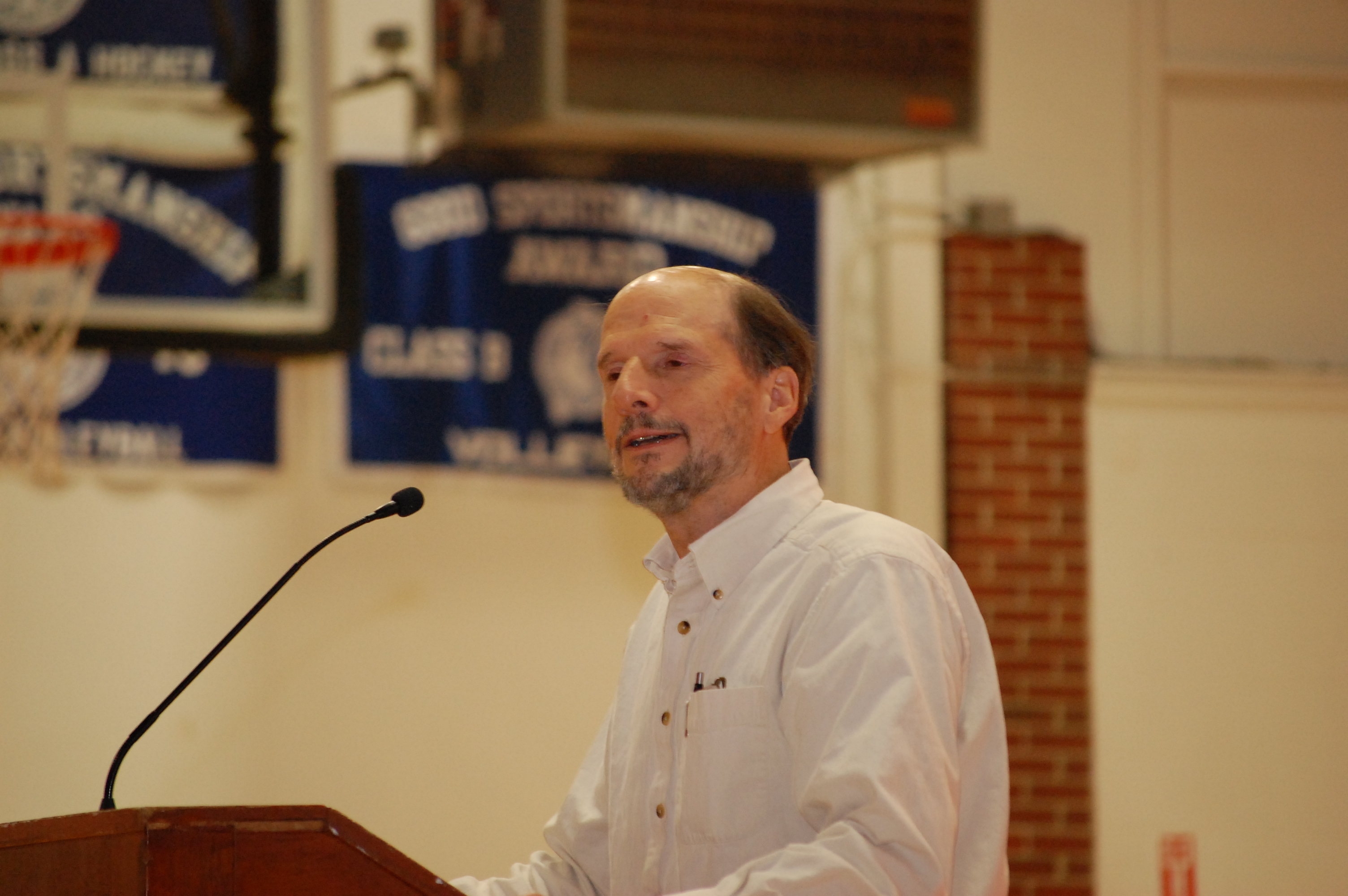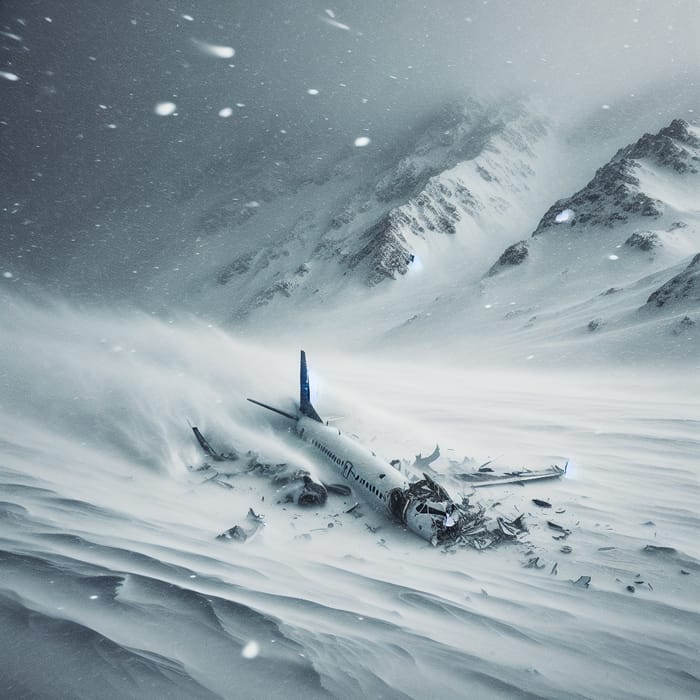Lost at Sea: The Remarkable Tale of Steven Callahan
The story starts on January 19, 1981. A man named Steven Callahan gets stranded all by himself in a lifeboat for 76 days in the Atlantic Ocean. The Atlantic Ocean is huge, covering about 106.5 million square kilometres. It's a tough place to survive if you get stuck there. But Steven was really determined to make it through, even though he faced many challenges. His strong will to survive helped him escape from the difficult situation.
Steven loved building boats since he was a kid. One of his favourite boats was called Napoleon Solo, and it was 6.5 meters long. Since he was young, Steven dreamed of joining a big boat race called the Mini Transat. In 1981, he got his chance. This race is all about sailing small boats across the Atlantic Ocean. It starts in Newport, Rhode Island, USA. To enter, Steven sailed his own boat, Napoleon Solo, with his friend Chris Latcham to Bermuda. From there, they planned to keep sailing to England. But bad weather hit during the race, and it caused a lot of damage to Steven's boat and the other boats racing with him. Because of this, Steven had to stop racing and couldn't finish the race as he had hoped.
After repairing the damage to his boat, Callahan continues to travel in his boat along the coastline of Spain and Portugal. But unfortunately, his problem becomes worse when his boat gets a hole in it due to hitting something during a storm one night. But even after this, his boat did not completely sink in water because Callahan had already designed watertight compartments in the boat. Later in his book, Callahan explained that his boat was probably damaged due to a collision with a whale.
Callahan's boat filled with water and tipped over because big waves crashed into it. He had to leave his boat and get onto a small inflatable raft, which was only about six feet long. But there were really important things he needed to survive that sank with his boat. So, he had to dive into the ocean to get them. These things included a cushion to sit on, a warm sleeping bag, a kit for emergencies, and a book about surviving at sea by Dougal Robertson, who knows a lot about staying alive in tough situations. He also needed food, a map to help him navigate, a small gun for catching fish, a flare gun for signalling for help, a flashlight, and something called solar stills. Solar stills are like magic machines that use the sun's heat to turn seawater into drinking water. They do this by making the water evaporate, then collecting the steam and turning it back into clean water that Callahan could drink. These things were all really important for him to have on the raft so he could stay safe and alive until he got rescued.
After his boat sank, Callahan found himself drifting in the ocean, heading west with the wind. As days passed, he ran out of the food he had brought from his boat. He had to start hunting for his food to stay alive. Using a spear gun he had salvaged, Callahan hunted fish like mahi-mahi, triggerfish, and flying fish in the sea. He also caught some birds for food. These creatures were all part of the ocean's ecosystem, which supported Callahan for about 3,300 kilometres. This is such a huge distance which you can understand from the fact that India's longest national highway NH44 is about 3700 kms which goes from Srinagar to Kanyakumari. To get drinking water, Callahan used two solar stills to collect rainwater. He experimented with a third solar still to learn how it worked. Despite his efforts, he could only produce enough drinkable water for one pint per day. Despite facing many challenges, Callahan relied on his survival skills and the resources he found in the sea to stay alive.
He had this device called EPIRB, which is like a small machine that runs on batteries. It helps boats and ships to find help if they are in big trouble. But even though he had this machine and he also shot some flares into the sky to call for help, nobody came to rescue him. The problem was that back then, the signals from his machine couldn't be seen by satellites. Plus, he was stuck in the middle of the ocean, far from any land or passing planes. Even if a ship passed nearby, they couldn't see his flare signals. This made him feel really stressed and sad. He ended up stuck there for many days, seeing nine ships pass by, but none of them saw him. From the start, he knew he couldn't just sit around waiting for someone to rescue him. So, he decided to try to save himself. He kept himself busy doing exercises, figuring out where he was going, fixing his raft, catching fish to eat, and collecting food and water in case of an emergency. He knew it might take a long time for help to arrive, so he had to be prepared to take care of himself.
On April 20, 1981, after spending 76 days alone on his raft, Steven Callahan saw lights from Marie Galante Island as night fell. He knew his time for survival was running out. Luckily, some fishermen spotted him the next day when they saw birds circling above his raft. Callahan had faced many challenges during his ordeal, including shark attacks, holes in his raft, broken equipment, and feeling both physically and mentally worn out. He lost a lot of weight and had many wounds from being in the salty ocean water for so long. After being rescued, he was taken to a hospital nearby where it took him six weeks to get better.
We can learn two important lessons from this real survival story of Steven Callahan about surviving at sea.
First, we can use our will power to solve any difficult problems. Despite being stranded at sea for so long with little food, water and few other possessions, Callahan never lost hope. Instead, he maintained a positive mindset and kept using his survival skills to stay alive.
Second, our story tells us that adaptability is a very important tool for survival. When we are faced with unexpected situations, we must be prepared to change our perspective and adapt to our environment. Callahan had to constantly adapt to changing weather conditions and limited availability of certain items. And because of changing himself according to these situations, he managed to keep himself alive for a long time and due to this he could be saved later.
Callahan also wrote a book on his survival story called Adrift. Also, a movie was also released on it named 76 days.
If Steven Callahan's remarkable tale touched your heart, consider spreading the inspiration by engaging with this story. Liking, commenting, and sharing not only show your support for his journey but also help reach more people who may need a boost of encouragement. Let's amplify the message of resilience and determination by sharing this story with your friends, family, and communities. Together, we can uplift and empower others to face their own challenges with courage and perseverance. Like, comment, and share now to be a part of spreading hope and positivity!












